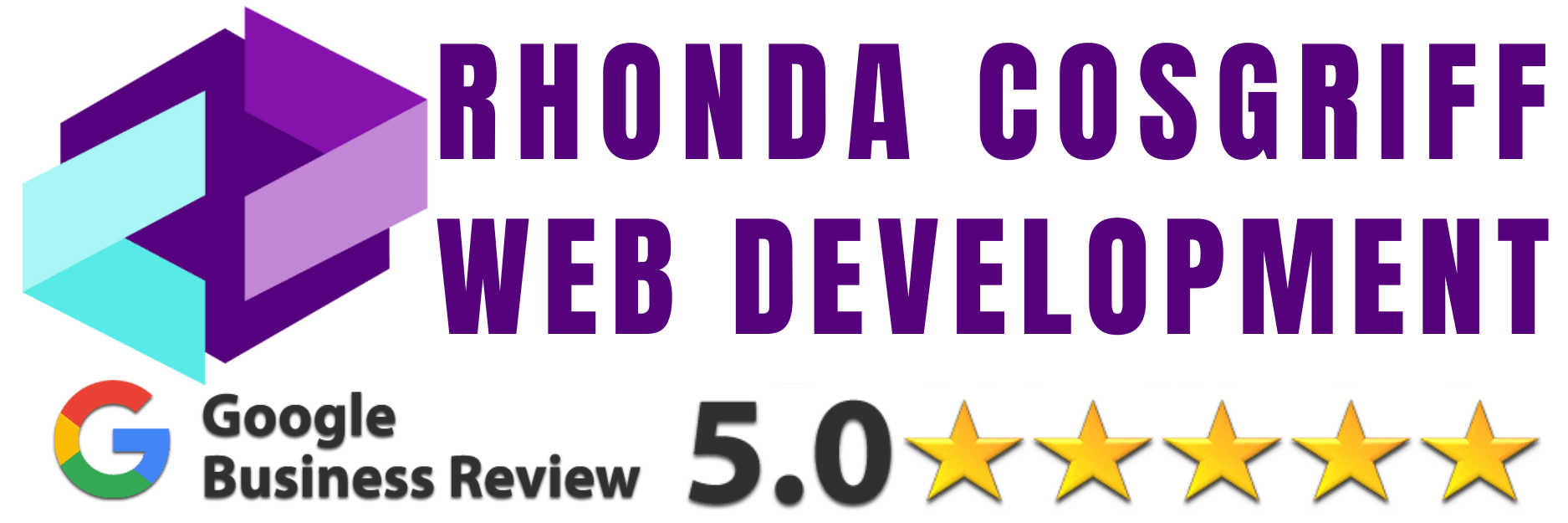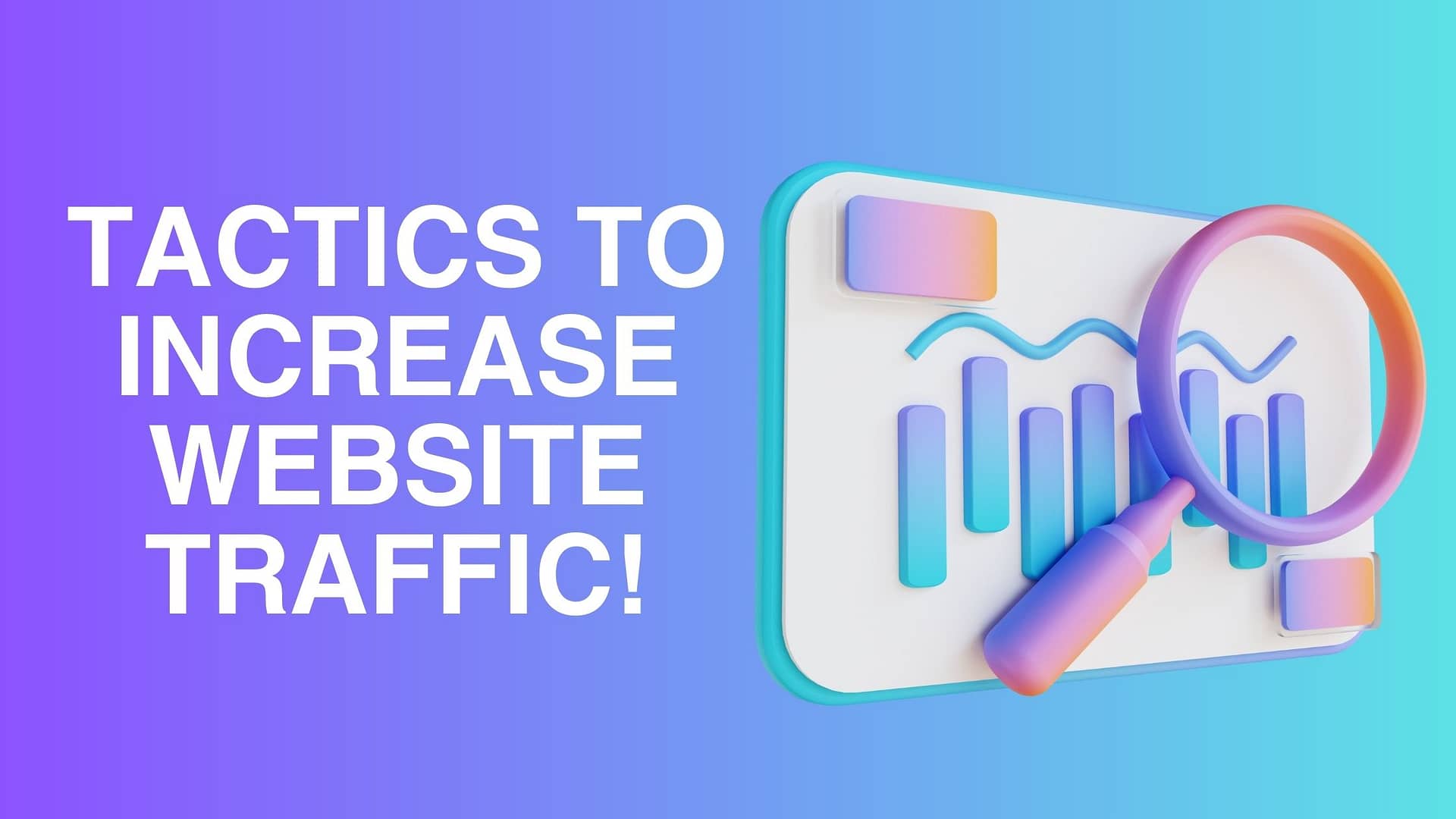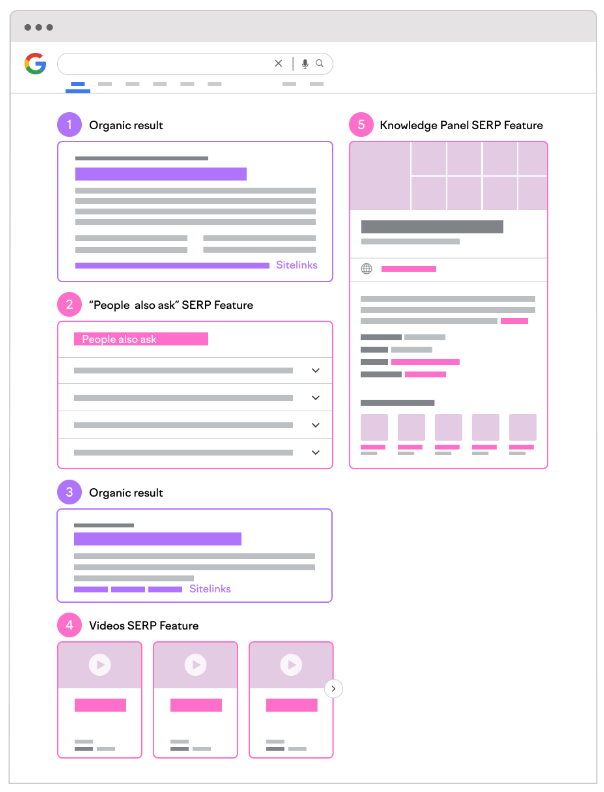2024 Update-Content is KING when it comes to SEO: Mastering the Digital Landscape
Introduction
In the ever-evolving realm of search engine optimization (SEO), one principle remains constant: content is king. As we step into 2024, the significance of high-quality, engaging content in driving online visibility and organic traffic cannot be overstated. This comprehensive guide delves into the pivotal role content plays in SEO strategies, offering insights, strategies, and best practices to empower businesses in maximizing their online presence.
Understanding the Dynamics of Content in SEO
Crafting compelling content lies at the heart of successful SEO endeavors. From website copy and blog posts to social media updates and guest articles, every piece of content contributes to establishing relevance, authority, and trustworthiness in the eyes of search engines like Google.
The Evolution of Content in SEO
The landscape of SEO has undergone significant transformations over the years. Gone are the days of keyword stuffing and low-quality articles. Today, search algorithms prioritize content that provides genuine value to users, emphasizing relevance, context, and user intent.
Redefining Content Standards
In the wake of Google’s algorithm updates, such as BERT and RankBrain, the emphasis has shifted from keyword density to semantic relevance and natural language processing. Websites that prioritize informative, well-researched content are rewarded with higher rankings and increased organic visibility.
User-Centric Approach: Enhancing the Digital Experience
User experience (UX) has emerged as a critical ranking factor, prompting businesses to tailor their content to meet the needs and preferences of their target audience. By understanding user intent and delivering personalized, engaging content, brands can foster deeper connections and drive meaningful interactions.
The Anatomy of SEO-Optimized Content
Creating content that resonates with both users and search engines requires a strategic approach. From keyword research to content formatting, each element plays a vital role in enhancing discoverability and engagement.
Keyword Research and Optimization
Keywords serve as the foundation of SEO content, guiding the topics and themes around which content is developed. Leveraging tools like Google Keyword Planner and SEMrush, businesses can identify relevant keywords with high search volume and moderate competition.
Long-Tail Keywords: Unlocking Niche Opportunities
Incorporating long-tail keywords into your content strategy allows you to target specific queries and capture highly motivated audiences. These longer, more specific phrases not only enhance your chances of ranking but also drive qualified traffic to your website.
LSI Keywords: Enhancing Semantic Relevance
Latent Semantic Indexing (LSI) keywords play a crucial role in establishing semantic relevance and contextual understanding. By incorporating related terms and phrases naturally within your content, you signal to search engines the topical depth and breadth of your content.
Content Structure and Formatting
The structure and formatting of your content influence its readability, accessibility, and overall SEO performance. By organizing your content into clear sections and incorporating multimedia elements, you can enhance user engagement and dwell time.
Headings and Subheadings: Guiding the Reader’s Journey
Utilizing descriptive headings and subheadings not only breaks up your content into digestible chunks but also improves its scannability and comprehension. Incorporating target keywords into your headings reinforces the topical relevance of your content.
Meta Titles and Descriptions: Optimizing Click-Through Rates
Crafting compelling meta titles and descriptions is essential for maximizing click-through rates (CTR) from search engine results pages (SERPs). By succinctly summarizing the content and including relevant keywords, you entice users to click on your link.
2024 Update-Content is still KING when it comes to SEO
As we navigate the dynamic landscape of SEO in 2024, one principle remains unwavering: content reigns supreme. From aligning with evolving search algorithms to meeting the evolving needs of users, businesses must prioritize the creation of high-quality, relevant content to thrive in the digital arena. It is still important to publish nich articles from your domain, that are Search Engine Optimized (SEO) and interlinked and it’s important to post often. There actually is no such thing as too often when it comes to high quality blogs and articles. You want the articles to express your E-E-A-T and you want it to be so good that people link back to it. This is called backlinking when another domain links back to yours, the higher that domains Domain Rating (DR) the better it is for yours. And if you can create a video it will be great for SEO.
Maximizing Content ROI: Strategies for Success
To harness the full potential of content in SEO, businesses must adopt a holistic approach that encompasses content creation, optimization, and promotion. By investing in comprehensive content strategies and staying abreast of industry trends, organizations can position themselves for sustained success in the competitive online landscape.
Content Diversification: Expanding Your Reach
Diversifying your content portfolio allows you to reach a broader audience across different platforms and channels. From blog posts and infographics to videos and podcasts, exploring diverse content formats enables you to cater to varying preferences and consumption habits.
Content Amplification: Amplifying Your Message
Promoting your content through Google Business Profile (GBP), social media, email marketing, and influencer collaborations amplifies its reach and impact. By leveraging the power of social sharing and viral distribution, you extend your brand’s visibility and foster community engagement.
FAQs (Frequently Asked Questions)
How does content contribute to SEO?
Content plays a pivotal role in SEO by providing valuable information to users, incorporating relevant keywords, and attracting inbound links, thereby signaling authority and expertise to search engines.
What types of content are most effective for SEO?
While blog posts remain a popular choice, other formats such as videos, infographics, and podcasts can also enhance SEO efforts by diversifying content and appealing to different audience segments.
How often should I update my website’s content?
Regularly updating your website’s content signals freshness to search engines and encourages return visits from users. Aim to refresh or add new content at least once a month to maintain relevance and engagement.
What role do backlinks play in content SEO?
Backlinks from reputable websites serve as endorsements of your content’s quality and relevance, boosting your site’s authority and credibility in the eyes of search engines.
How can I measure the effectiveness of my content in SEO?
Track key metrics such as organic traffic, keyword rankings, and conversion rates to gauge the performance of your content in driving SEO results. Additionally, leverage analytics tools like Google Analytics and Search Console for deeper insights into user behavior.
What are some common pitfalls to avoid in content SEO?
Avoid keyword stuffing, duplicate content, and low-quality backlinks, as these practices can result in penalties from search engines and undermine your SEO efforts.
Conclusion
In conclusion, the year 2024 ushers in a new era of SEO where content reigns supreme. By prioritizing the creation of high-quality, engaging content that aligns with user intent and search algorithms, businesses can enhance their online visibility, attract organic traffic, and ultimately achieve their digital marketing objectives.










